Whether you’re heading into the mountains or just getting a little exercise, snowshoes are a key piece of gear for winter exploration. They make winter travel easier and more efficient by dispersing a person’s weight over a large surface area, providing flotation, and preventing them from sinking into the snow. Can’t figure out what snowshoe is right for you? Keep reading to discover which features and benefits are best for you in a snowshoe.
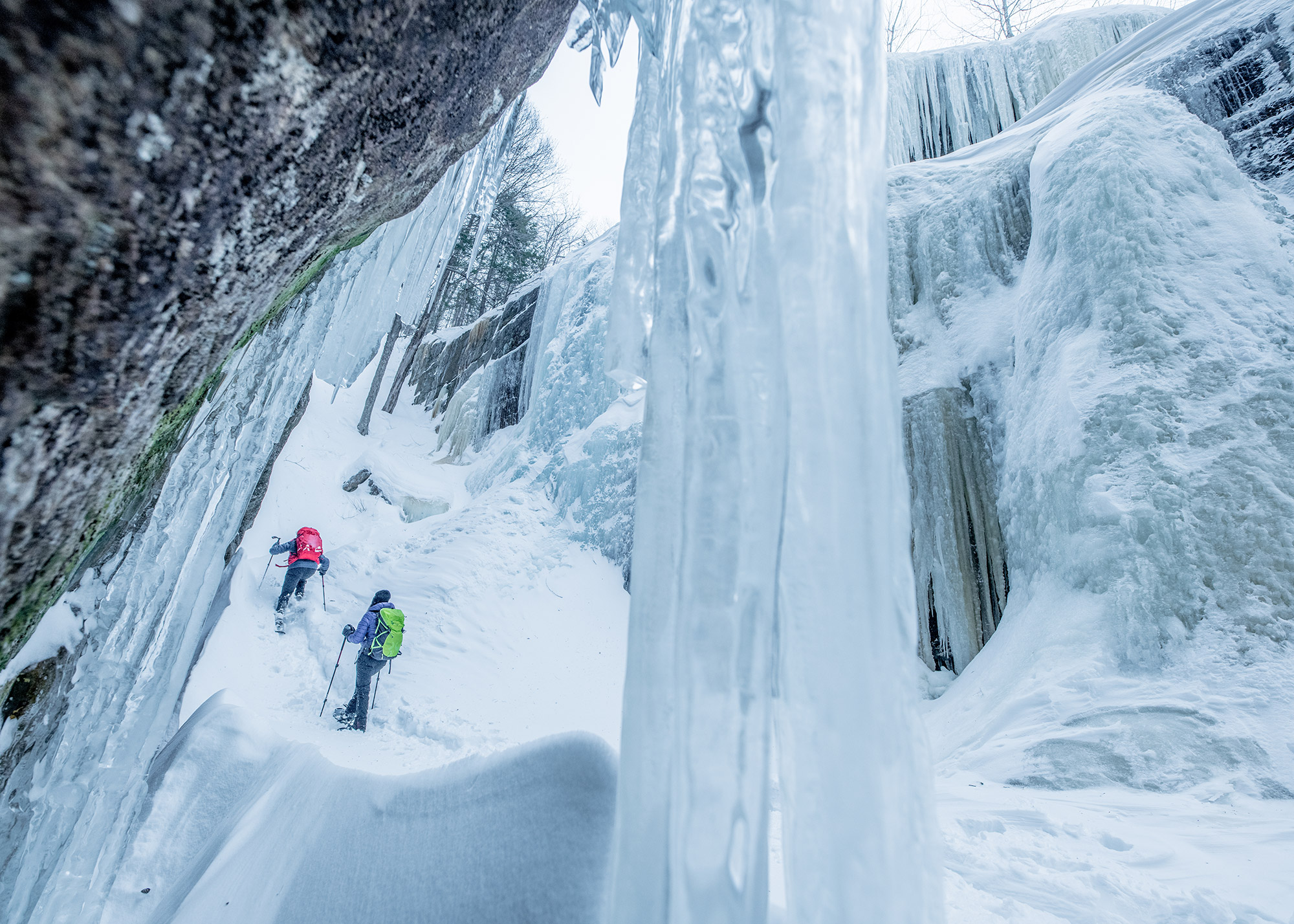
Terrain
Snowshoeing means different things to different people. For some, snowshoes offer access to untracked powder deep in the mountains; For others, they are simply a way to enjoy the outdoors in winter. Because of this, snowshoes are designed to perform in a wide variety of terrain and applications, making the knowledge of how and where you’re going to use them one of the simplest ways to narrow down your snowshoe choice.
Hiking and Recreational Snowshoes
Designed to handle conditions encountered by the majority of users, recreational/hiking snowshoes are capable of handling all but the steepest and iciest terrain. They’re built for comfort and ease of use with enough traction and technical features to handle moderate terrain and hiking off the beaten track. Most snowshoes fall into this category.
Mountaineering and Backcountry Snowshoes
Mountaineering and backcountry snowshoes are designed for people going deep into the mountains and tackling demanding terrain. They feature more aggressive crampons (and, in many cases, serrated side rails and rear crampons) than hiking/recreational snowshoes for improved performance in steep and icy conditions. Since users in this category will be traveling far from civilization, mountaineering/backcountry snowshoes are built using burlier and more rugged materials and are typically field-repairable. Lastly, many snowshoes in this category have bindings designed to accommodate bulkier boots such as snowboard or mountaineering boots.
Running
Running snowshoes represent a small niche of the snowshoe market, but are popular for people looking to take a break from pounding the pavement during the winter. Running snowshoes tend to be shorter, narrower, and lighter than other snowshoe styles, sacrificing some flotation to facilitate a more natural running motion. Additionally, the bindings found on running snowshoes are designed to accommodate sneakers, rather than boots.
Pro Tip: To ensure your feet stay warm and dry, wear waterproof trail runners and ankle gaiters with your running snowshoes.
GO: Snowshoes for Gentile | Rolling | Steep Terrain
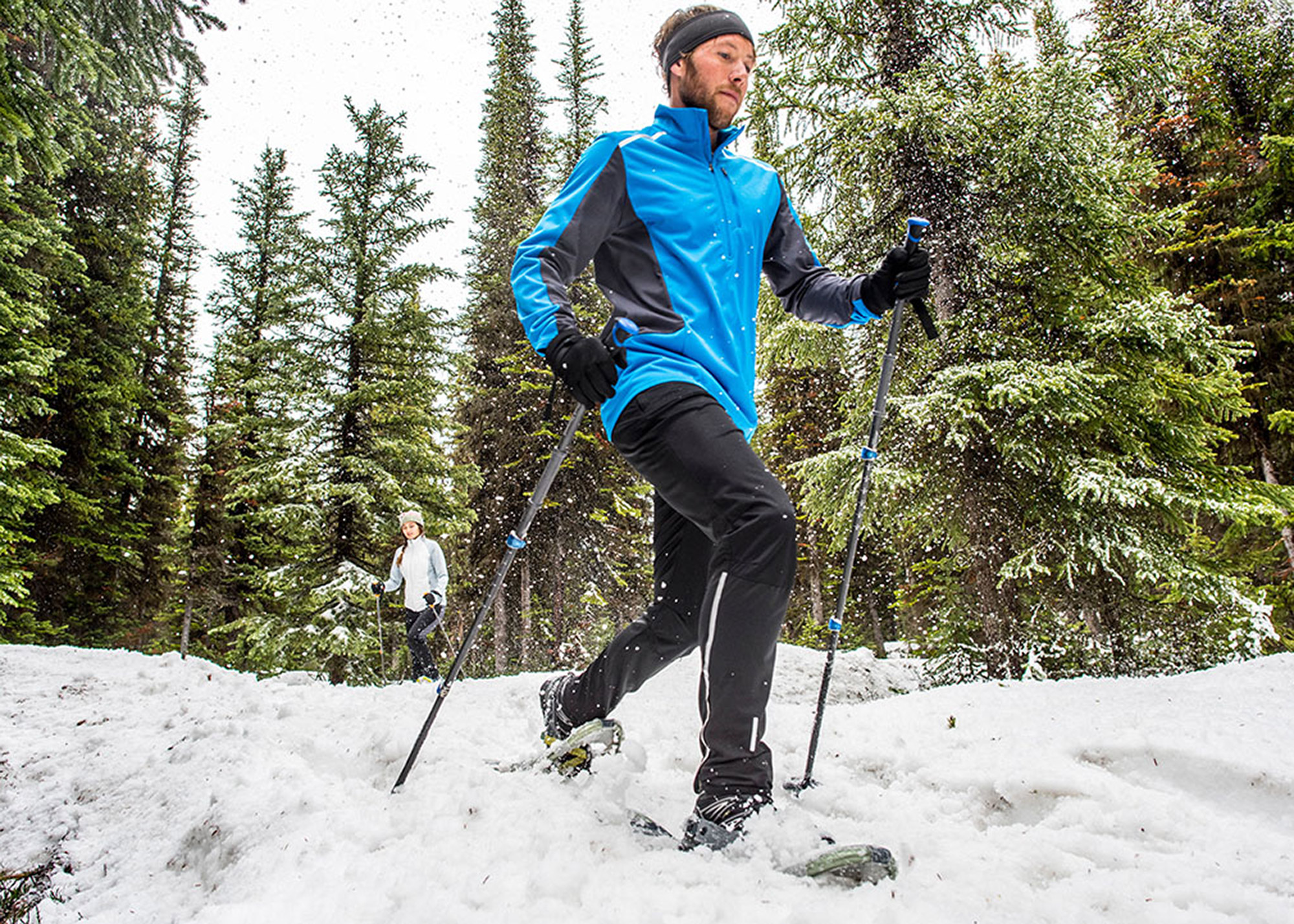
Men’s, Women’s, and Children’s Snowshoes
Men’s (typically also considered unisex) snowshoes are designed for bigger bodies carrying heavier loads and come with bindings designed to fit larger boots. Conversely, women’s snowshoes are engineered for smaller people, lighter loads, and smaller feet. Women’s-specific snowshoes also frequently feature a tapered tail to account for a woman’s narrower stride. With that being said, many women can still be comfortable wearing a men’s/unisex snowshoe.
Children’s snowshoes vary by age, but most are built to be easy on and off. Snowshoes for younger children are typically made for backyard use rather than backcountry, but snowshoes designed for older children incorporate the technical features found on adult models.
GO: Men’s Snowshoes | Women’s | Kids’s
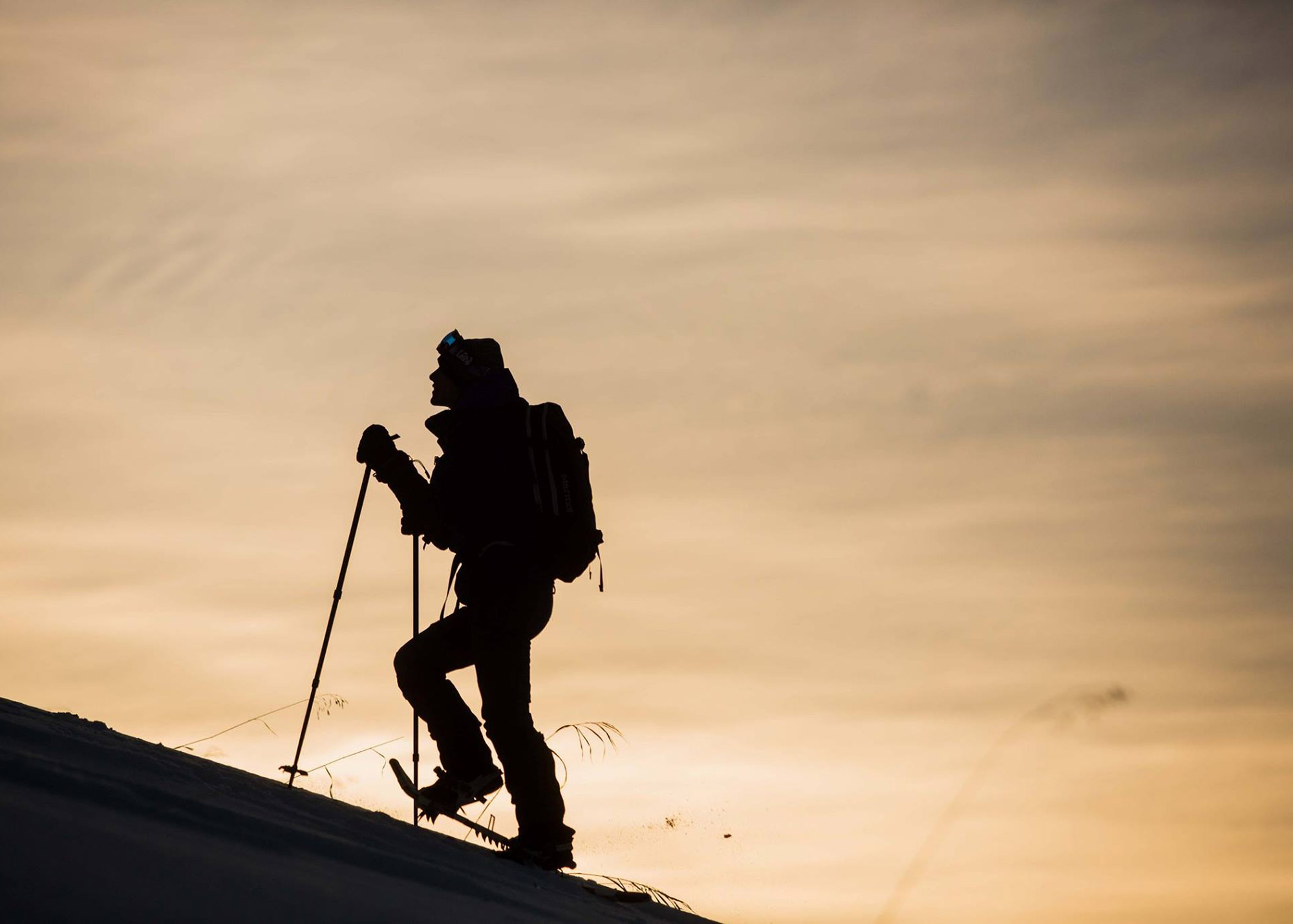
Sizing Snowshoes
Snowshoes work by dispersing a person’s weight over the surface area of the snowshoe—therefore, it’s important to get an appropriately-sized snowshoe for the load it will have to carry. Every snowshoe comes with a recommended weight range, which should be consulted before purchasing.
As a general matter, if you’re under 150 pounds (with gear), you should be looking at snowshoes in the 21 to 25 inch range. For folks between 150 and 200 pounds (again, with gear), consider a snowshoe in the 25 to 30 inch range. Finally, for individuals weighing more than 200 pounds (including gear), look for a snowshoe over 30 inches. Balance this, however, with the terrain you’ll be traveling in—in deeper snow you’ll want a bigger size, while on well-packed trails a smaller shoe will be easier to use.
Pro Tip: A good rule of thumb is to choose the smallest snowshoe available that is capable of carrying the load and handling the conditions you anticipate encountering, as smaller snowshoes are easier to walk in and weigh less than their larger brethren. This is especially true for hikers expecting to snowshoe predominantly on packed trails.
GO: 40-90 lbs. | 80-150 lbs. | 120-200 lbs. | 170-250 lbs. | 220+ lbs.

Construction Type
Today’s snowshoes fall into two different types of construction: wrapped frame and plastic decking.
Wrapped Frame
Most snowshoes are constructed using the wrapped frame model. Wrapped-frame snowshoes take their cues from the traditional wood-and-leather snowshoes of the past, updated with more modern materials like metal and rubber. Wrapped-frame snowshoes deliver a nice balance of light weight and performance and are well suited for use in soft snow.
Plastic Decked
Plastic-decked snowshoes have become increasingly common in recent years. Unlike wrapped-frame snowshoes, plastic-decked snowshoes typically do not feature a separate frame—rather, the frame and deck are a single piece, making them more durable. Plastic-decked snowshoes are more packable than wrapped-frame snowshoes, but frequently are only available in one size, ruling them out for users headed for deep powder (although some modular snowshoes come with “tail”-like extensions).
There are a few exceptions when it comes to snowshoe construction, most notably the MSR Lightning series snowshoes. Rather than using a tube frame, MSR Lightning snowshoes feature a metal frame with serrated edges (and a rubber decking) to provide a snowshoe that blends the advantages of both wrapped-frame and plastic-deck snowshoes.
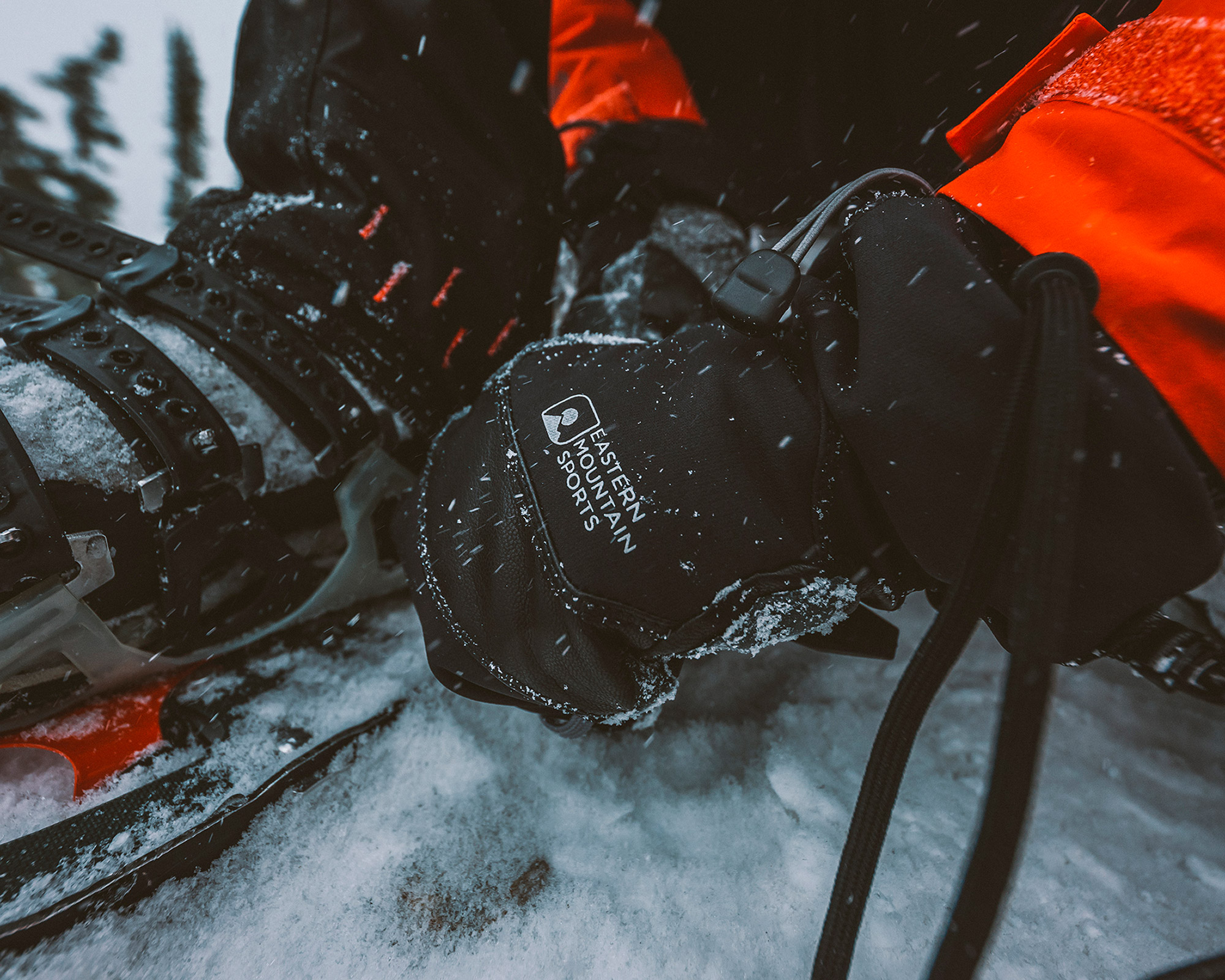
Crampons and Traction
A clear indicator of a snowshoe’s intended use is the design of its crampon and the traction system. The more aggressive the crampon, the more advanced terrain it’s built for. For example, a basic recreational snowshoe might have a simple toe crampon, while a mountaineering snowshoe will feature a toe crampon, a heel crampon, and side rails for additional traction in steep terrain. More so, crampons designed for steep and icy terrain will also typically be more aggressively-shaped to provide purchase in gnarly terrain. It’s also common for snowshoes designed for more extreme terrain to be outfitted with traction systems made of more rugged materials—switching aluminum construction out in favor of steel.
Bindings
There are two things to consider when looking at a snowshoe’s binding: how it attaches to your foot and how the binding interacts with the snowshoe.
Manufacturers use numerous ways to connect the binding to your foot. In fact, it’s common to see multiple connection methods used on the same snowshoes. Popular binding closures are webbing straps, rubber straps, snowboard-like ratcheting straps, and Boa dials. Webbing and rubber straps are the most utilitarian binding systems (and allow for replacement in the field), while ratchet straps and Boa dials are more easily adjusted and easier to use.
Whether the snowshoe’s binding is “fully rotational” or “fixed” also impacts its performance. A fully rotational binding is attached to the snowshoe with a pivot or hinge and delivers a wider range of motion than what’s offered by fixed bindings. Rotational bindings allow for a more natural stride and make it easier to gain purchase on steep slopes.
Alternately, fixed bindings attach the binding to the snowshoe with a strap or band. Fixed bindings bring the snowshoe tail up with each step, making them ideal for activities like running where a rotating snowshoe could present a tripping hazard.
Heel Risers
Heel risers, also called heel lifts or climbing bars, have become increasingly common on many snowshoes and are particularly beneficial on mountaineering and backcountry snowshoes. Heel risers can be flipped up to support the heel when ascending steeper terrain, putting the foot in a more natural position for increased comfort and less strain.
Do you have a favorite snowshoe model or a suggestion for something new snowshoers should be on the lookout for? If so, we want to hear about it—leave your suggestion in the comments below!
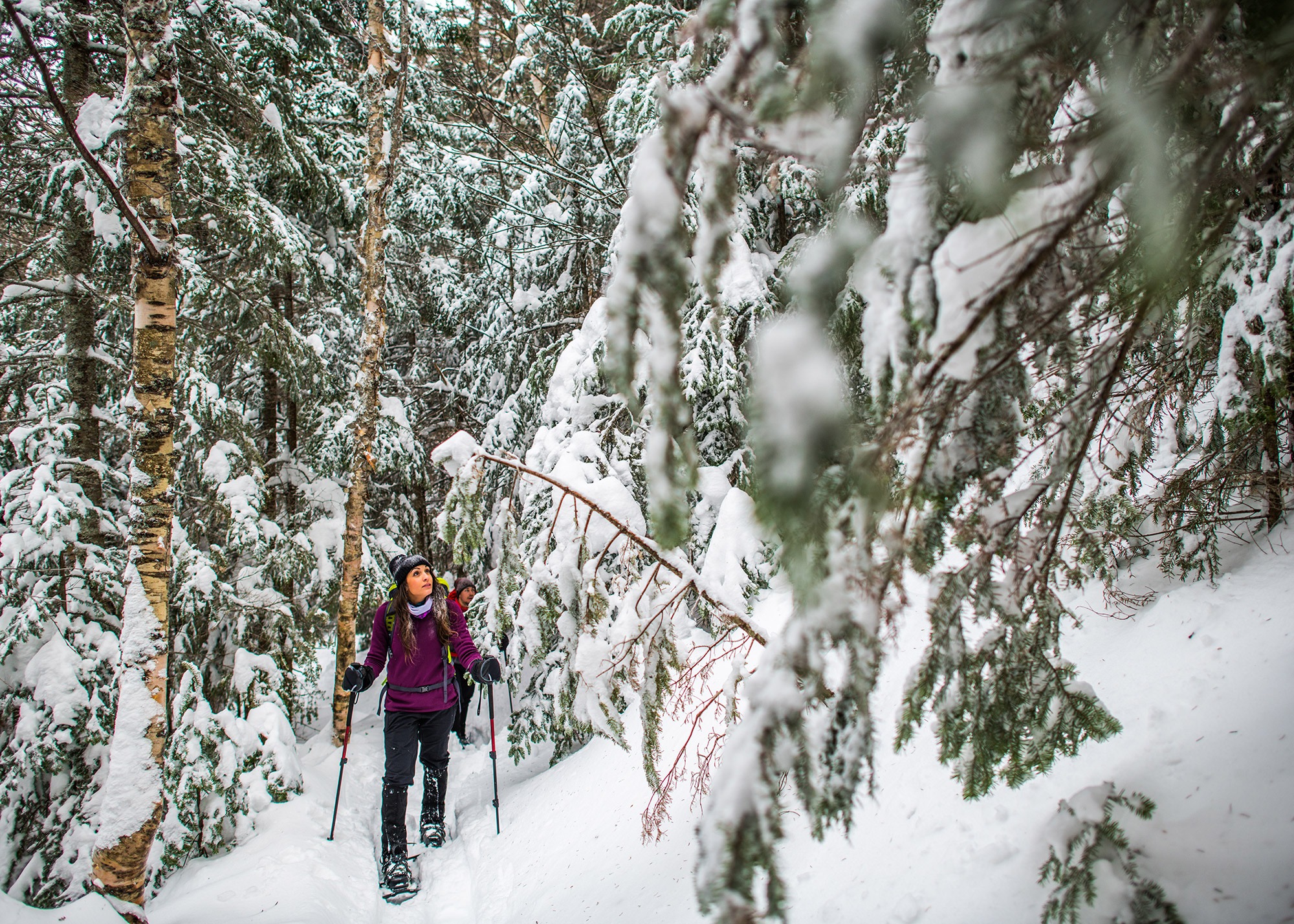
Tim Peck and Doug Martland
Tim and Doug met long ago at the Eastern Mountain Sports in Canton, Massachusetts. Bonding over a love of slick Quincy Quarry granite, White Mountain sufferfests, and scheming up adventures while folding tee-shirts, today Tim and Doug collaborate to write about their favorite outdoor activities and occasionally get nostalgic about tee-shirt tables.




